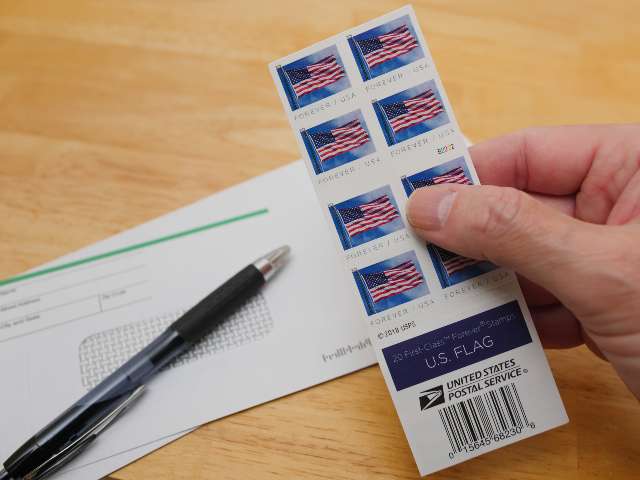The traditional red rubber how many stamps do I need that everybody is familiar with will have been manufactured in a vulcanizing press. The first rubber stamp vulcanizing press was patented in 1890 by Charles Schultze in New Orleans USA. Vulcanizing is today one of the most cost effective methods of making rubber stamps for mass produced stamps. Each batch of stamps is produced using a mould. This method of manufacture is more suited to stamp making where the same moulds are used over and over again. Making custom made stamps with a vulcanizing press requiring ‘once only’ moulds will drive the cost of manufacture up significantly.
Making the mould – before a mould can be made you must have a master plate manufactured from metal or polymer, the master plate has the necessary relief (the artwork is raised) to make an impression in the mould. Having a master plate made each time a mould is required is what drives up the cost of manufacture for vulcanized stamps. Pressing the master plate into a Matrix board creates the mould that will accept the rubber. Heat and pressure is applied to the master plate and matrix board inside a Vulcanizing press. The Matrix follows the shape of the relief provided by the master plate, this then hardens on cooling.
Making Rubber Stamps – Creating stamps is a simple process once the mould is made. Raw rubber stamp gum is placed on top of the mould and then placed inside the stamp press. Hydraulic pressure is placed upon the rubber and the mould from within the stamp press causing the rubber to melt into the areas of the mould that contain the images and text, curing and hardening takes about 10 minutes. Once cured the sheet of rubber is pulled away from the mould and cut up into individual stamps to be affixed to mounts.
The traditional raw rubber used for vulcanizing stamp dies is quite unacceptable for the production of laser stamp dies, the laser process requires a very even thickness and blemish free surface to produce an acceptable printed image from a stamp die. The rubber must also be subjected to a specific curing process before it can be exposed to the elevated temperature of a laser beam.
The depth of the engraving is determined by the laser speed, its wattage and the density of the rubber. For example, a 50 or 100W engraver will engrave the rubber deeper and faster than a 25W machine, which may require a second pass to achieve a similar result. Usually supplied in an A4 size sheet form, a good quality laser rubber is required for engraving stamp dies and must also have suitable compression strength and ink transfer properties.
To assist the engraving process, it is necessary to remove the excess dust which is constantly created by the laser cutting action with an efficient exhaust filtration system. As very few, if any, CO2 laser engraving machines were initially purpose built for engraving and cutting rubber, installing and maintaining an effective dust extraction system pays long term dividends. Mirrors, lenses and any exposed bearing surfaces should be cleaned thoroughly as part of a regular maintenance program. Any neglect in this area will be detrimental to overall trouble free laser operation, as the build up of dust and residue will affect running efficiency and the quality of the finished stamp die. Lasers are controlled directly from a computer, the software drivers supplied with lasers work with many graphic programs such as CorelDraw.





More Stories
Trader Joe’s: The Unique Grocery Store That Captures Hearts and Taste Buds
Understanding Finance: An Overview of Key Concepts and Principles
The Role of an SEO Specialist: Driving Online Visibility and Success